The profession of making green rice flakes in Me Tri village has existed since the beginning of the 20th century and has existed for more than a hundred years.
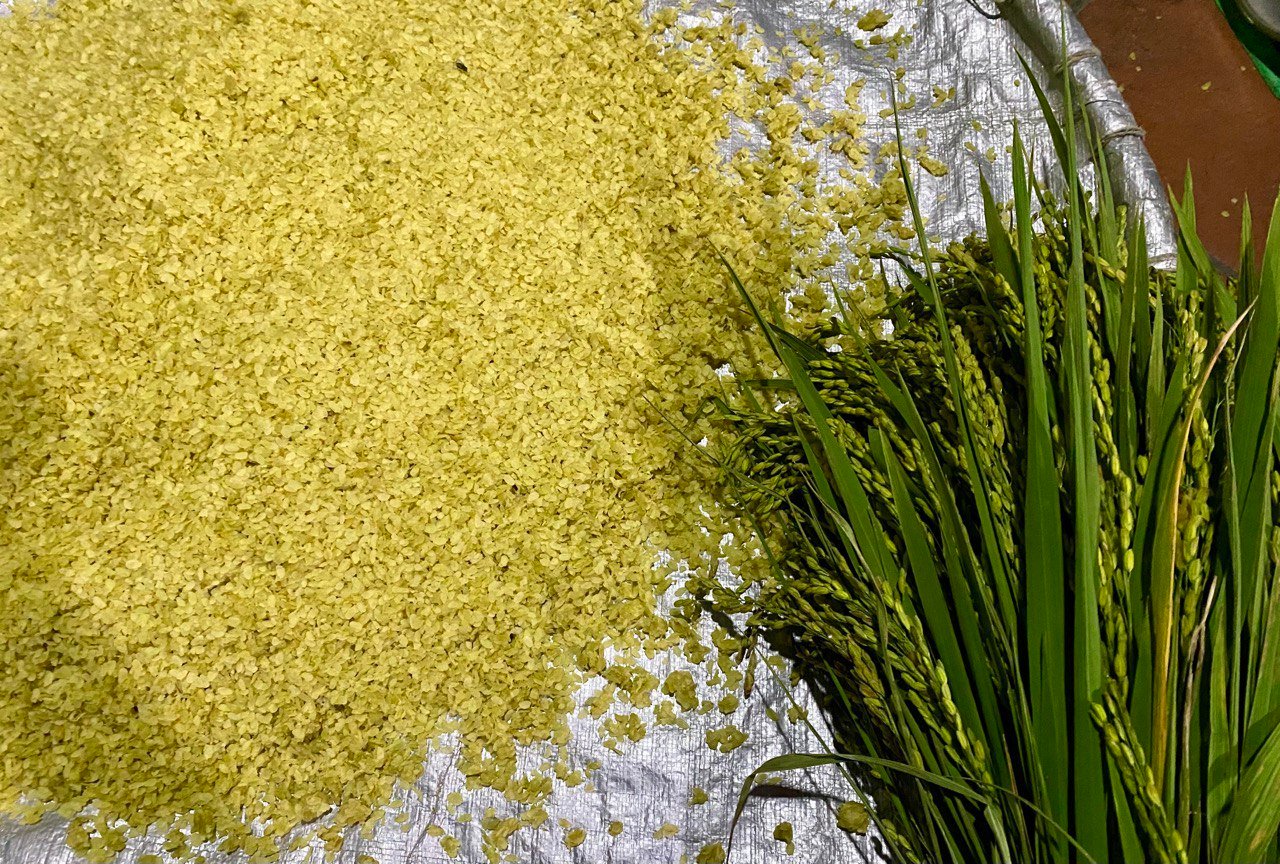
Me Tri green rice is completely pure green rice, not colored, delicious and soft.
Mr. Nguyen Tien Hoa, owner of a green rice flakes factory in Me Tri Thuong, shared about his family's green rice flakes making profession: "My family has been making green rice flakes since the time of our ancestors, passed down from father to son until today. Currently, Me Tri village still has nearly a hundred households following the green rice flakes making profession." With a long tradition, the green rice flakes making profession in Me Tri still preserves the secret of making green rice flakes that no other place has. The raw materials for making green rice flakes are young sticky rice varieties such as Luong Phuong, fragrant sticky rice, Tan sticky rice, Quyt sticky rice, and Hoa Cai Hoa Vang sticky rice... But green rice flakes made from Hoa Cai Hoa Vang sticky rice are the most delicious. The grains are plump and shiny. In the past, during each green rice flakes season, from early morning, people lined up to carry carts of sticky rice heavy with grains, soaked in dew, back to the village. Along the roads and alleys, groups of old women sat picking up the rice grains and chatting animatedly. The rice grains are threshed, impurities and broken grains are removed, then roasted in a thick-bottomed cast iron pan, then pounded and winnowed many times. The straw is used to wrap the green rice packages, and the elders take the excess and dry it to make brooms.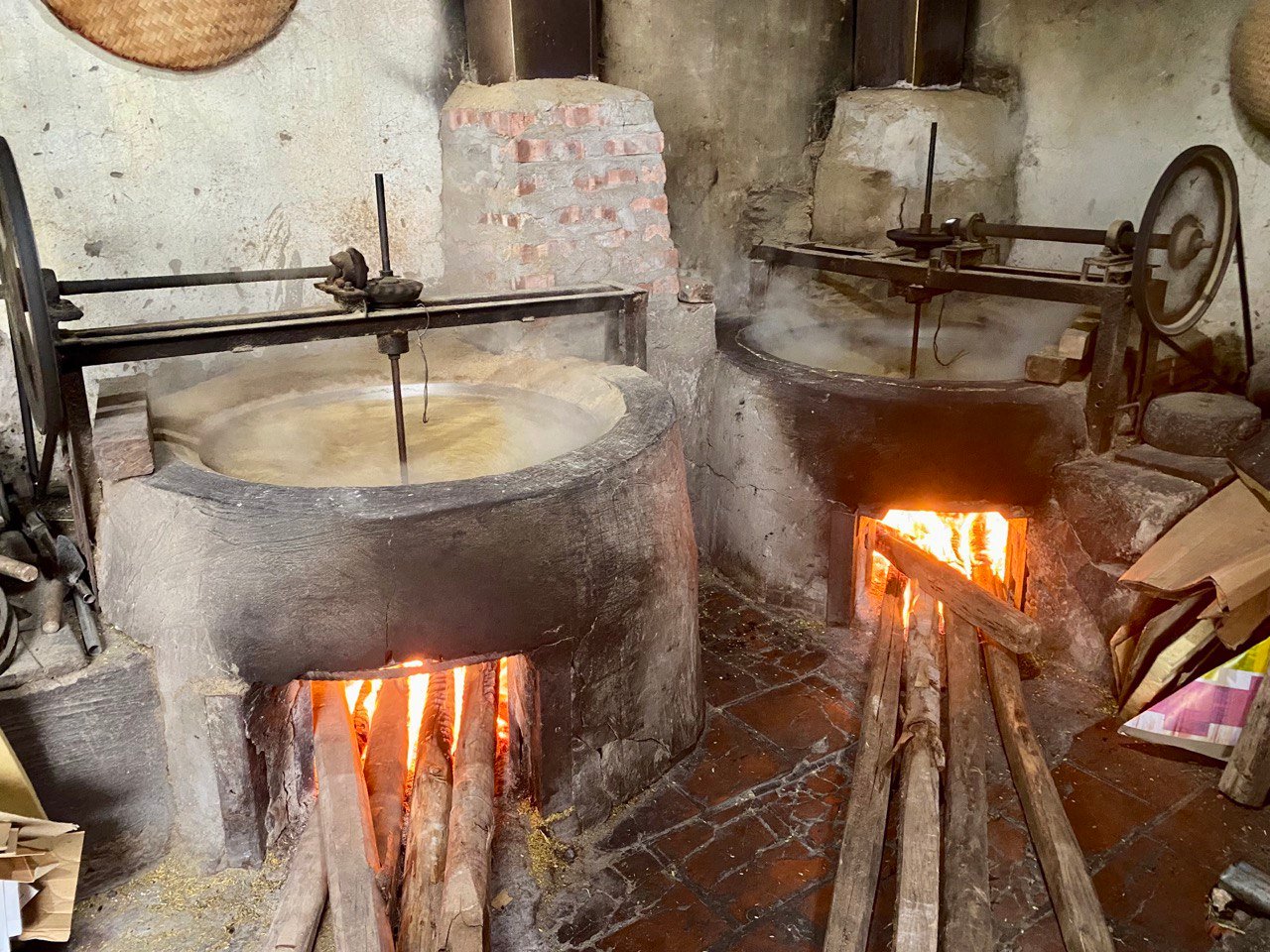
Rice is roasted on a wood stove.
Ten years ago, people in Me Tri village were still farmers , growing sticky rice to make green rice flakes. Nowadays, due to urbanization, apartments and high-rise buildings are springing up like mushrooms, there is no more room to grow rice, people who make green rice flakes have to go buy sticky rice from Dong Anh, Me Linh, Bac Ninh... The purchased rice has been harvested, threshed, winnowed, neatly bagged by local people, loaded onto trucks and brought to the door of the people who make green rice flakes. The scene of old ladies sitting with their backs bent to thresh rice flowers is no longer there today. The price is therefore more expensive when there is additional transportation costs. If in the past, Me Tri villagers only made green rice during the autumn harvest, now they make green rice all year round. "The secret to making delicious green rice batches starts with choosing the time to harvest the rice. When the rice arrives, the daughter must constantly check the rice to see when the rice grains are starting to curdle and harvest. Depending on the deliciousness of the rice grains, 100 kg of finished green rice will yield 17 - 18 kg of finished green rice," Mr. Tien Hoa revealed. Young sticky rice is the same everywhere if it is grown according to the correct process of sowing, transplanting, harvesting... The quality of the output green rice mainly depends on the elaborate, meticulous green rice making process that Me Tri people have mastered thoroughly. The process of making green rice also has many stages, including roasting, winnowing, pounding... From the beginning until making a batch of young green rice takes about 4 - 5 hours or more.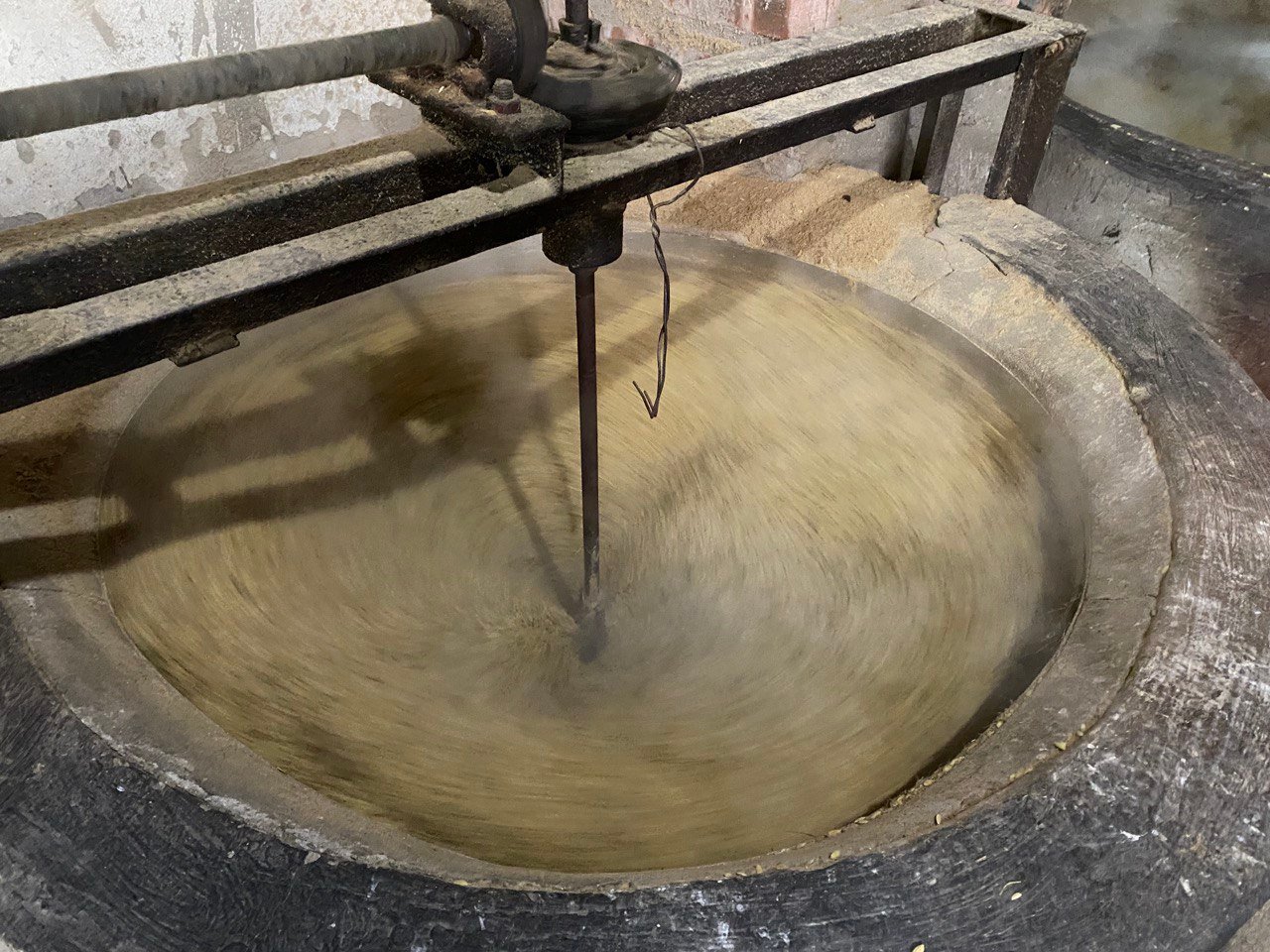
One batch of roasting machine can roast from 17 to 18 kg of rice.
In particular, the process of roasting green rice is an art. The rice grains must be roasted to achieve the right level of stickiness and toughness. To do so, the fire must be adjusted to be just enough, so that the rice grains are cooked, not undercooked or broken. It takes about 2 hours to roast a batch. Each batch of green rice, while still hot after roasting, is pounded in a large stone mortar. The mortar is buried under the floor to reduce noise and ensure compactness. A mortar contains about 5kg of green rice, the pestle is pounded up and down continuously to make sure each beat is even, the green rice grains will reach a certain softness, stickiness, thinness, and looseness, without crumbling. Mr. Tien Hoa said: "If you want green rice to be fragrant, you must roast it with firewood, not coal, and take care to keep the fire burning well. When you first roast, keep the fire high and even, until the rice turns pale white, then reduce the heat, stir continuously so that the green rice grains are cooked evenly without breaking, and the husks peel off, then it is done."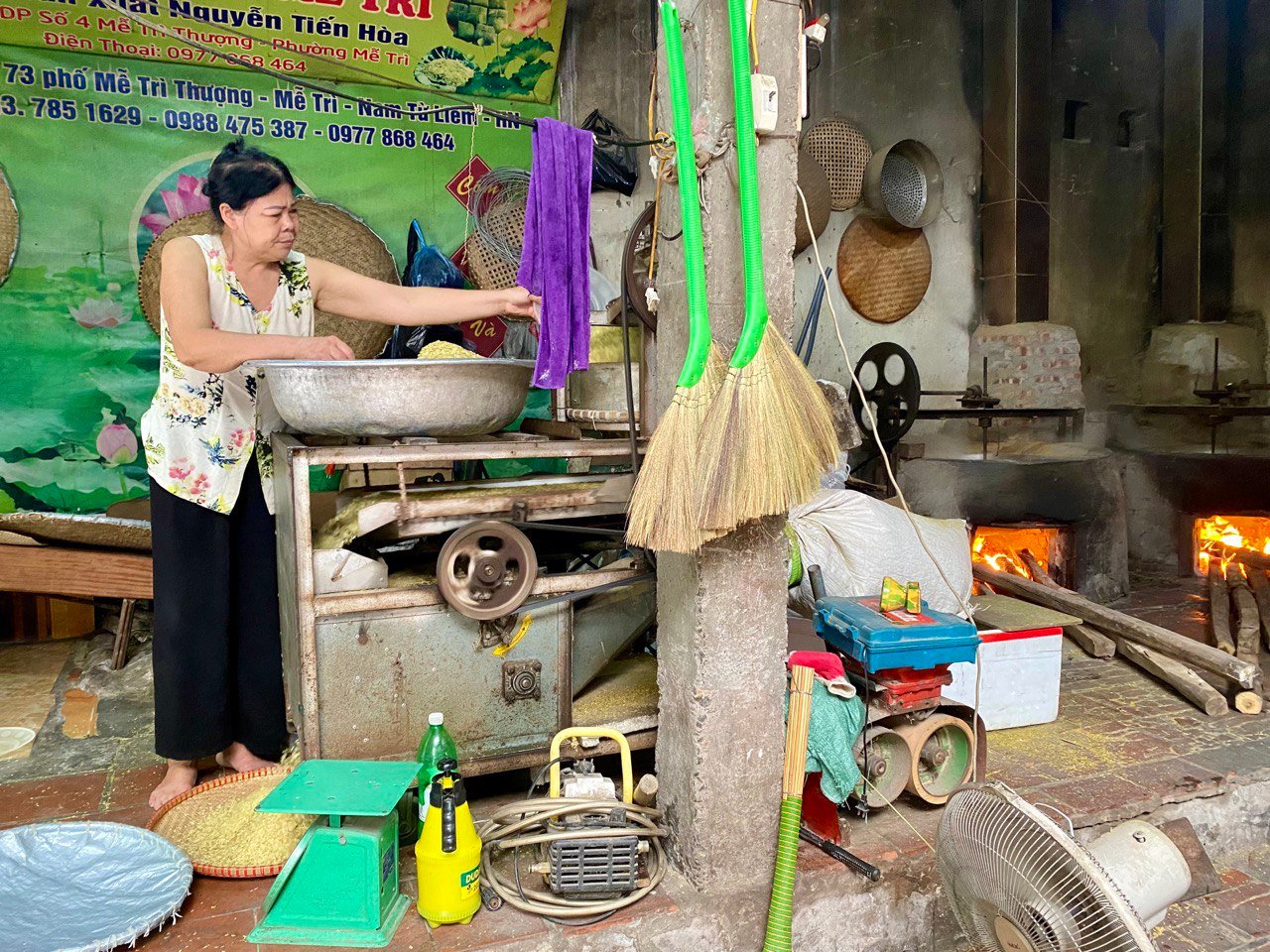
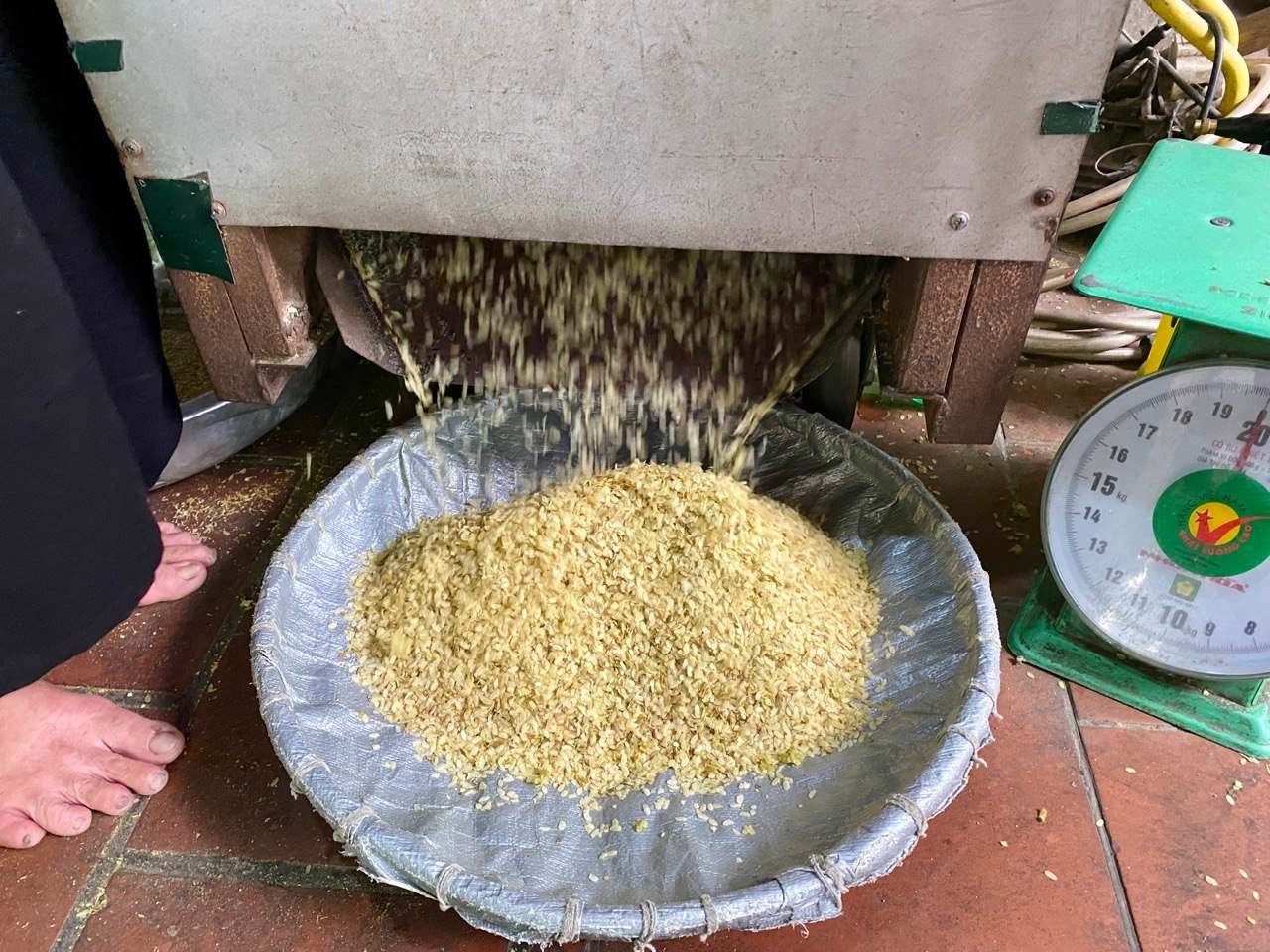
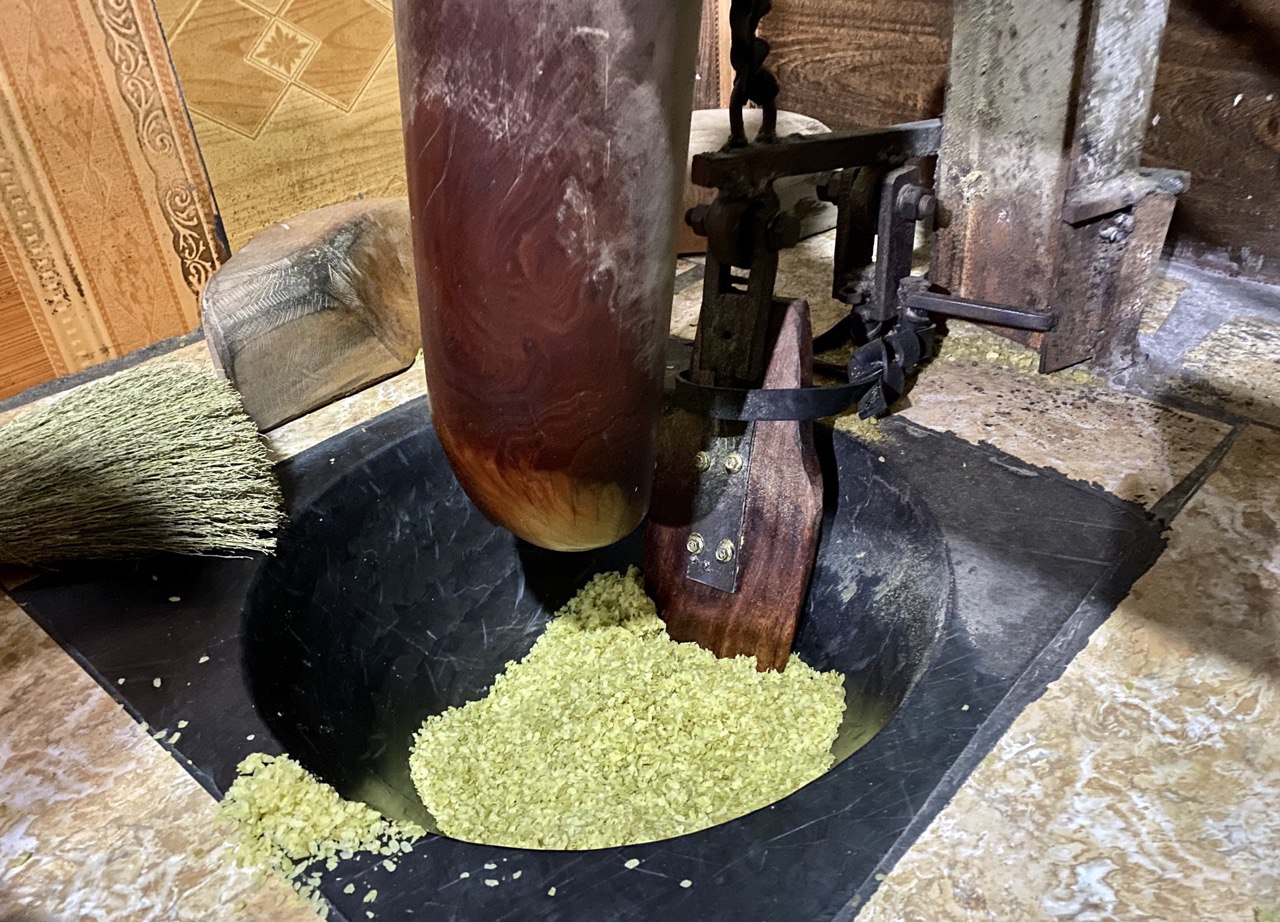
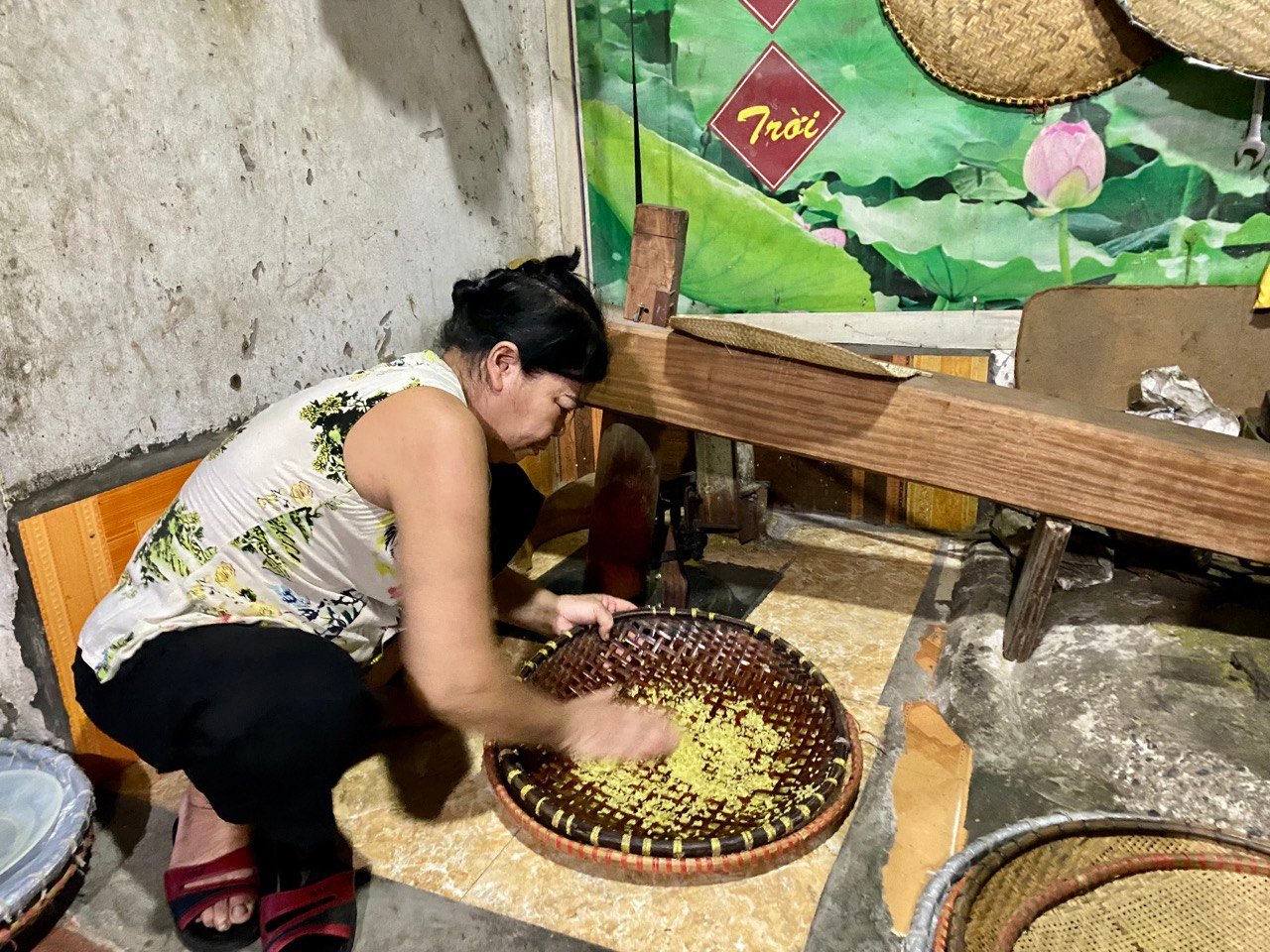
After pounding, the green rice will be sieved to make it loose and the grains will not stick together.
After 10 minutes of pounding, take the green rice out, sift out the husks, then pour it back into the mortar and pound again. Repeat this 5 times before sorting. Each type is pounded separately 2 more times before it is considered a finished product.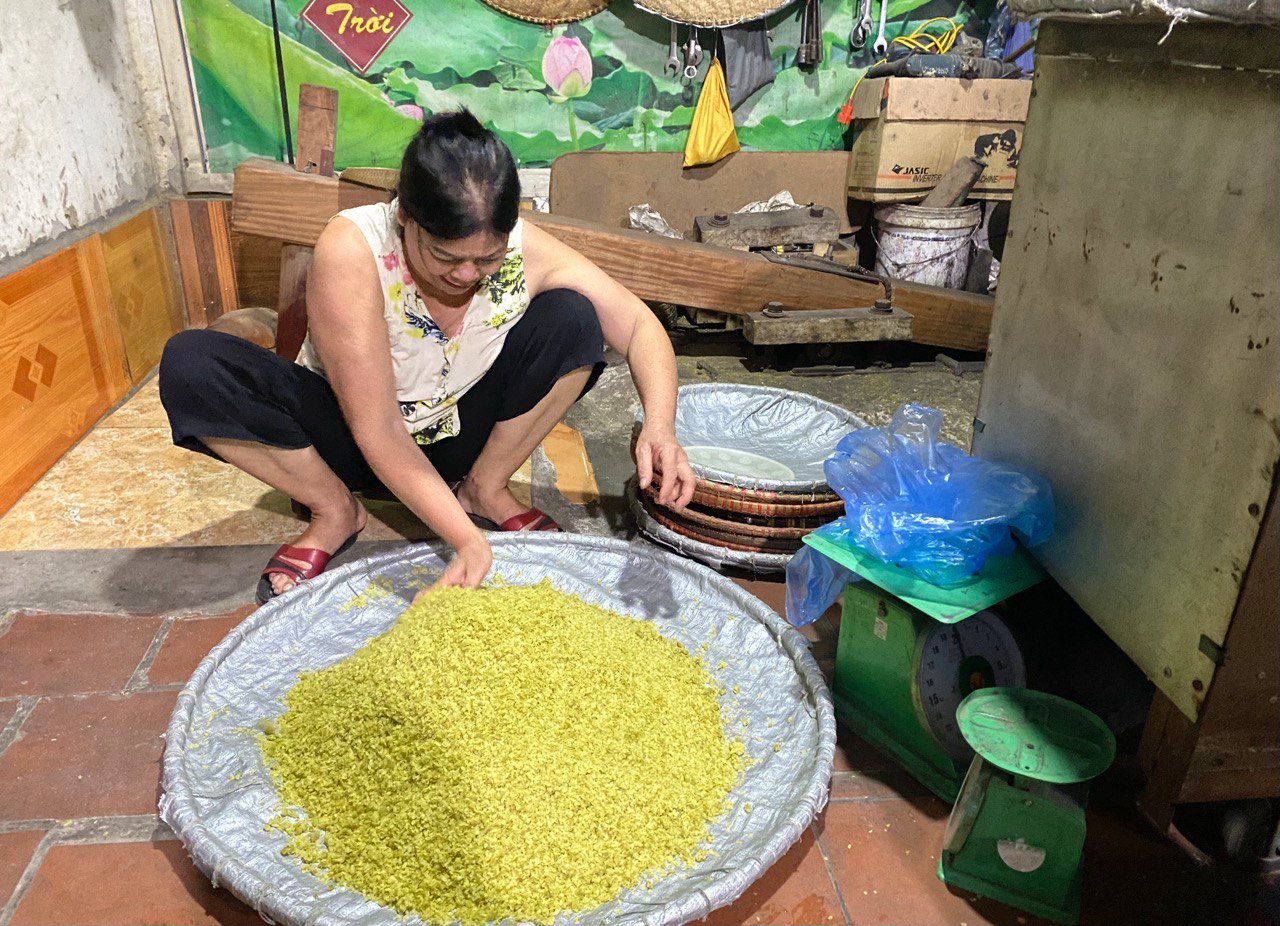
The finished batch of green rice after going through many stages.
In the past, green rice was made entirely by hand step by step. Nowadays, machines have been used to support some stages to save time, reduce production costs, but still ensure the quality of green rice products. For example, in the past, pounding green rice required 2 people, one person to pedal the pestle, one person to sit and stir by hand. Now, with machines to replace it, only one person is needed to sit and stir the green rice evenly.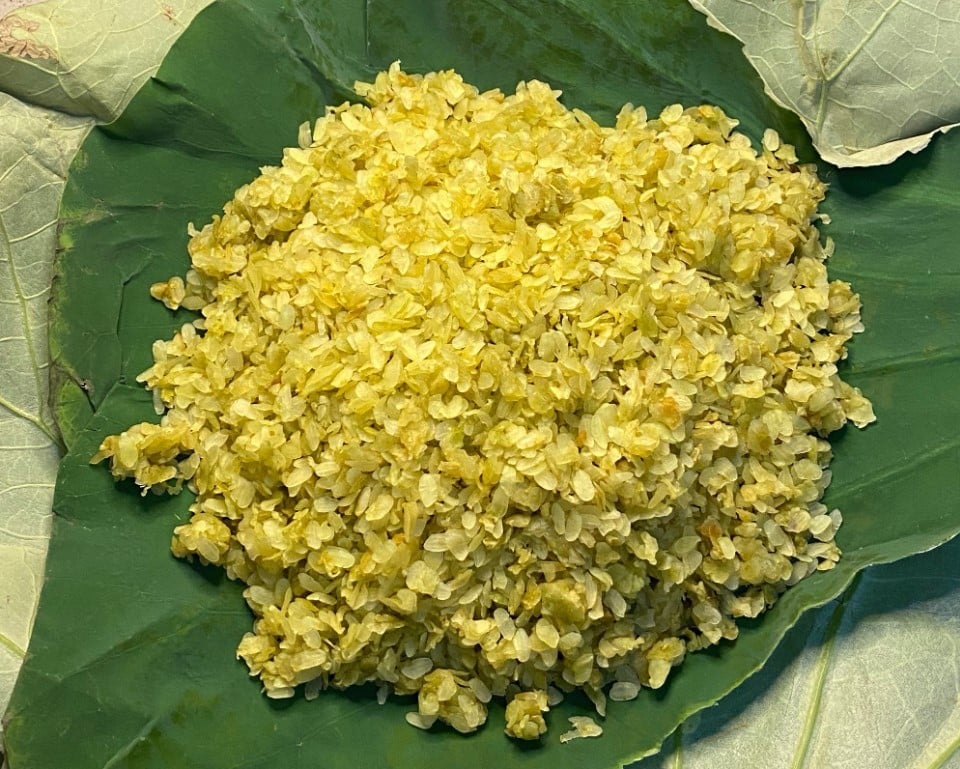
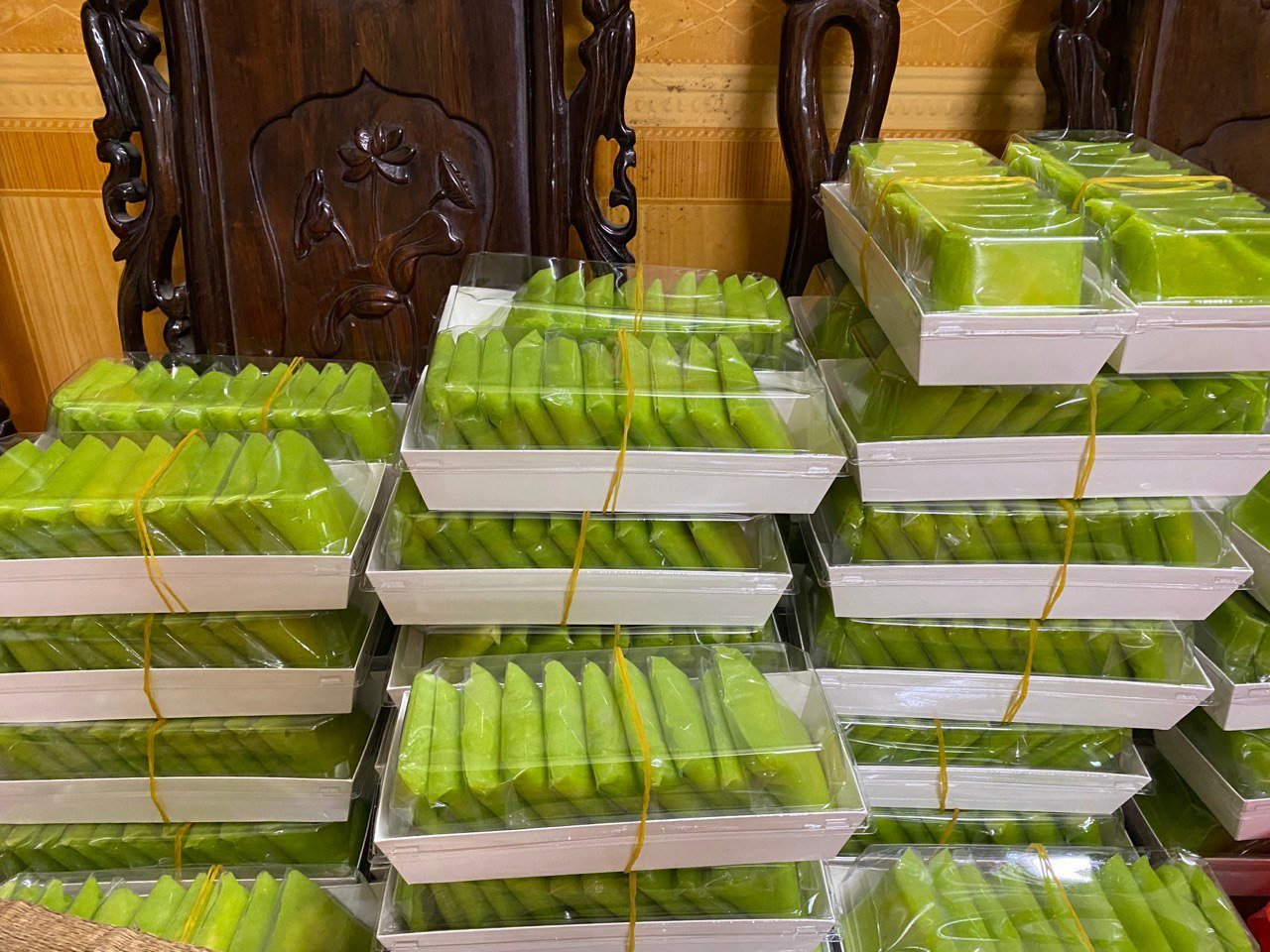
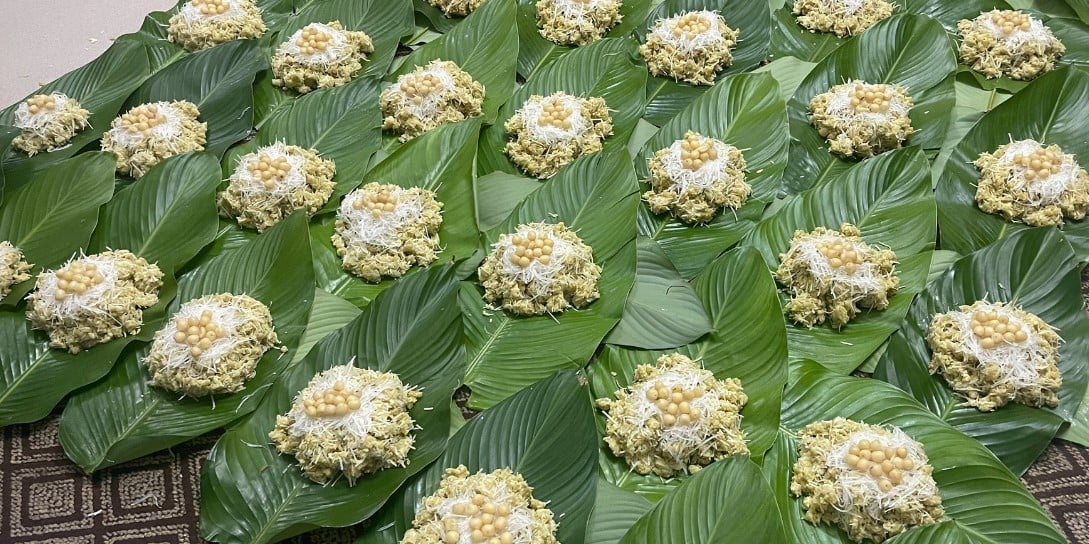
Sticky rice with lotus seed and coconut is also a favorite dish of diners.
Gradually, products made from green rice have become more and more diverse, meeting all consumer needs. In addition to fresh green rice, green rice sausage, green rice cake, green rice sticky rice, fried green rice... later, there were also green rice sausages, green rice xu xe, green rice yogurt, green rice mochi, green rice square cake... These are all dishes loved by many people.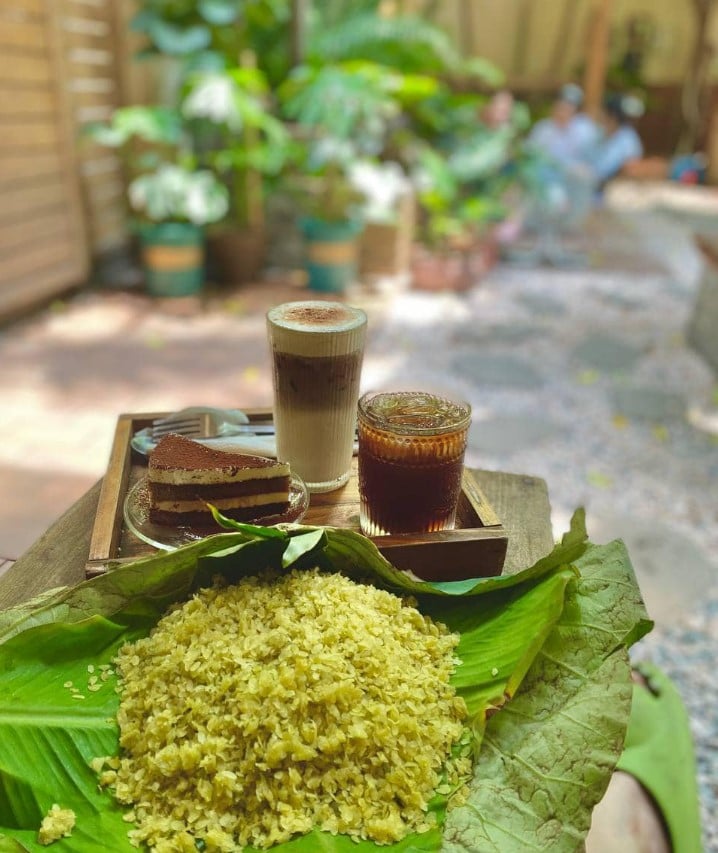
Green rice flakes are a gift that many young people are looking to buy for coffee breaks in the autumn of Hanoi.
Today, Com Me Tri has become an indispensable dish in Vietnamese culinary culture, becoming an elegant gift famous far and wide from the land of Hanoi. In 2019, the Com Me Tri craft was included in the list of 17 National Intangible Cultural Heritages, according to the decision of the Ministry of Culture, Sports and Tourism. People are proud that Me Tri village welcomed US President Barack Obama in 2016. In 2018, Me Tri's fresh Com, Com sticky rice, and Com sausage products were introduced at the National Convention Center and the Press Center during the US-North Korea Summit.Laodong.vn



![[Photo] More than 17,000 candidates participate in the 2025 SPT Competency Assessment Test of Hanoi National University of Education](https://vphoto.vietnam.vn/thumb/1200x675/vietnam/resource/IMAGE/2025/5/17/e538d9a1636c407cbb211b314e6303fd)

![[Photo] General Secretary To Lam visits exhibition of achievements in private economic development](https://vphoto.vietnam.vn/thumb/1200x675/vietnam/resource/IMAGE/2025/5/18/1809dc545f214a86911fe2d2d0fde2e8)
![[Photo] National conference to disseminate and implement Resolution No. 66-NQ/TW and Resolution No. 68-NQ/TW of the Politburo](https://vphoto.vietnam.vn/thumb/1200x675/vietnam/resource/IMAGE/2025/5/18/adf666b9303a4213998b395b05234b6a)



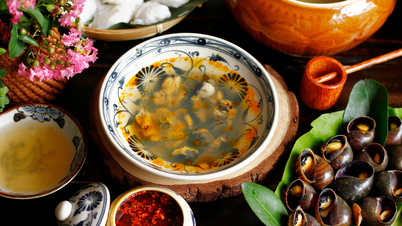









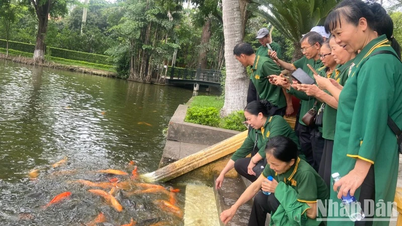



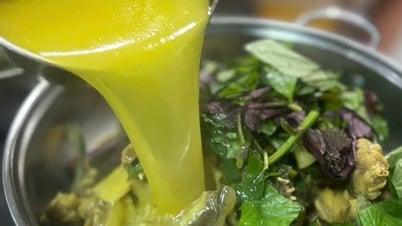
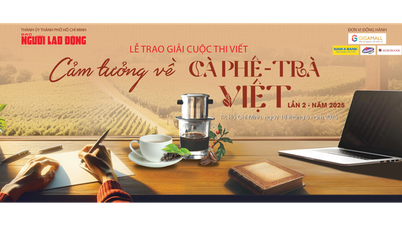






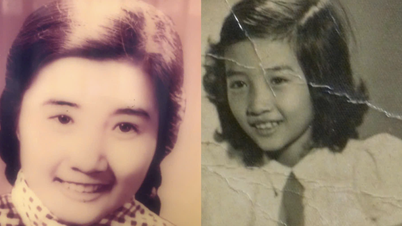




![[Photo] Prime Minister Pham Minh Chinh chairs meeting on science and technology development](https://vphoto.vietnam.vn/thumb/1200x675/vietnam/resource/IMAGE/2025/5/17/ae80dd74c384439789b12013c738a045)















































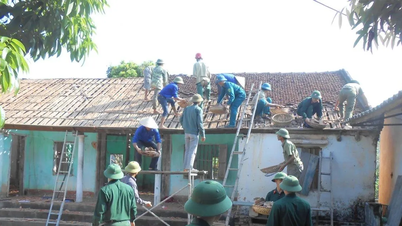
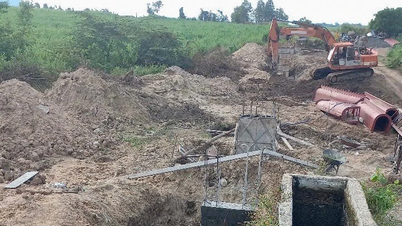














Comment (0)